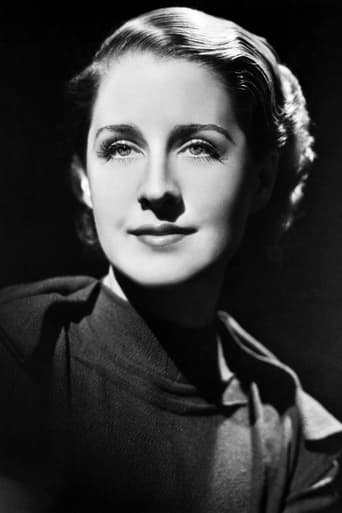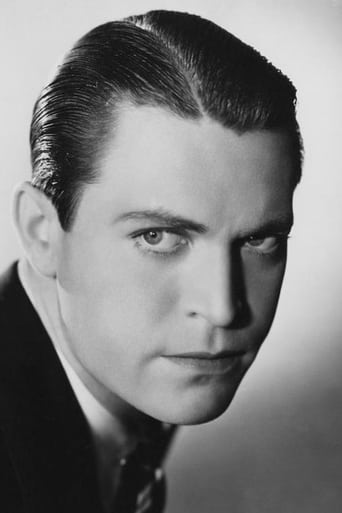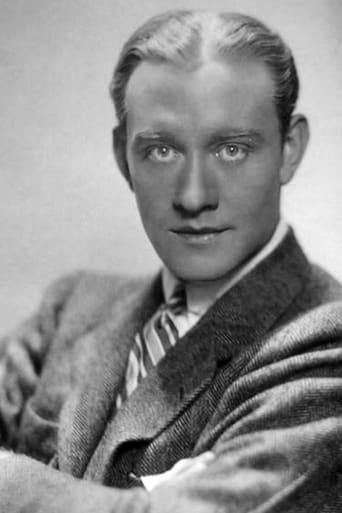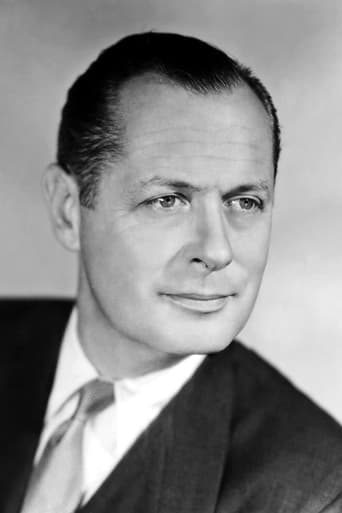TrueJoshNight
Truly Dreadful Film
Moustroll
Good movie but grossly overrated
Ceticultsot
Beautiful, moving film.
Onlinewsma
Absolutely Brilliant!
Benedito Dias Rodrigues
On the thirties had a lot of productions like that maybe for transition over Silent to talkies movies,they grasping the opportunity to offer more dialogues which weren't able on silent movies,but somehow it were enough as can proves this picture,there's no soul,just a silly drama,very usual....Just Norma Shearer is worthy to see,all cast is moving around her,Morris is a UGLY actor with a flattened nose....Resume:First watch: 2018 / How many: 1 / Source: DVD / Rating: 6
Dunham16
Oscar Wilde's LADY WINDERMERE'S FAN assigns the characters of the London social scene oddball names representing very rural places far from London near the Scottish border to place them in much the same situations as the principal characters in this 1930 single camera technique black and white movie. Although the characters the Oscar Wilde are all rich party types, by the closing scene they have found happiness outside London. It seems clear the Principal characters in the Divorcée, for example the great Norma Shearer and Conrad Nagel who made many hit movies in that era, each feel safer and more comfortable leaving the party scene of New York for happiness. It is in fact Shearer and her husband who unite outside New York but the similarity of this movie to the Oscar Wilde play carries over quite strongly/. The realistic dialogue of familiar life situations, the wealthy and privileged of a closed group needing to go outside the group milieu to breathe, the luxurious setting and wardrobe changes a great play into, for all its old fashion technical drawbacks of early talkies, a great movie.
PudgyPandaMan
I found that this movie, while groundbreaking and heralded in its day, is extremely dated and corny. I'm a big fan of classic film - especially the late 30's into the 40's. But most of the talkie films of the late 20s and early 30's seem more like carryover of the style ofsilent films. The acting is so melodramatic and exaggerated. Their voice, instead of speaking and emoting naturally, is so over-the-top as to sound ridiculous - nobody talks like that.I also found the 2 lead characters rather unattractive. Norma Shearer was no great beauty to me in this - she rather looked like a transvestite that is not at all feminine. Maybe they wanted a more masculine appearance for her so as to make her more fitting competition in a man's world and man's sport (infidelity).Chester Morris was strange looking as well. His profile showed his nose to look almost smashed into his face. It made him look as though he was constantly smelling something foul on the set. And his makeup was so unnatural - his lipstick was darker than the ladies.The theme of the film was no doubt controversial in its day. I suppose it was an early stab at women's liberation - that "what's good for the is good for the gander" so far as infidelity is concerned.The film provides a nice look at a young Robert Montgomery, just in his 2nd year in films. I think he gives one of the more natural performances.
tfun28
It is funny how the film portrays love. In the beginning it shows the perfect relationship between Ted and Jerry in a rather comedy like fashion (e.g. as they are joking with the boy (their future kid?) who disturbs them in their love nest). Also they are talking to each other more like friends than sexual partners. At one point they kiss in front of the father and their friends, as if to prove, that their love has nothing to do with sexual desire. That's why, in my opinion, the first 20 minutes are rather dull: the relationship looks superficial.The drama kicks in with the twentieth minute when the sexual drive starts a life of its own after three years of marriage. With the sexual desire of Ted, suffering starts, and the film has its first brilliant scene: Jerry surprises Ted being embraced by a woman. Now the other side of Ted - who presumably was such a nice, perfect, asexual man - is shown: He got "plastered" one day and went to bed with another woman. For him it is the drive which made him to it, so he can say: "it is not a thing" in the sense that it is not himself, but the animal inside him that forced him to do it. So the modern question the movie rises is: how does a love relationship looks like, that isn't affected by infidelity? Can they arrive at a deeper, more honest form of love, that includes the sexual desire? The answer the movie gives, in my opinion, is no. Love and sexuality are different things. First of all the latter is associated with the parties, the booze, the jazz music, shortly a decadent, hedonistic lifestyle devoid of happiness. Secondly the somewhat lynchian scene with Dot, Jerry and Paul. It is obvious, that the relationship between Dot and Paul is neither love nor sexual - it is full of pity, guilt and reproaches. Nevertheless Jerry refers to it as a marriage worth saving. (Why? - fidelity itself is more important than love or sexuality?) In so far I think the film has a conservative touch after all. But the strength and self-confidence of the woman characters is way ahead of its time (even compared to the femme fatale of the film noir period, who were in some way or another evil by seducing the men)




